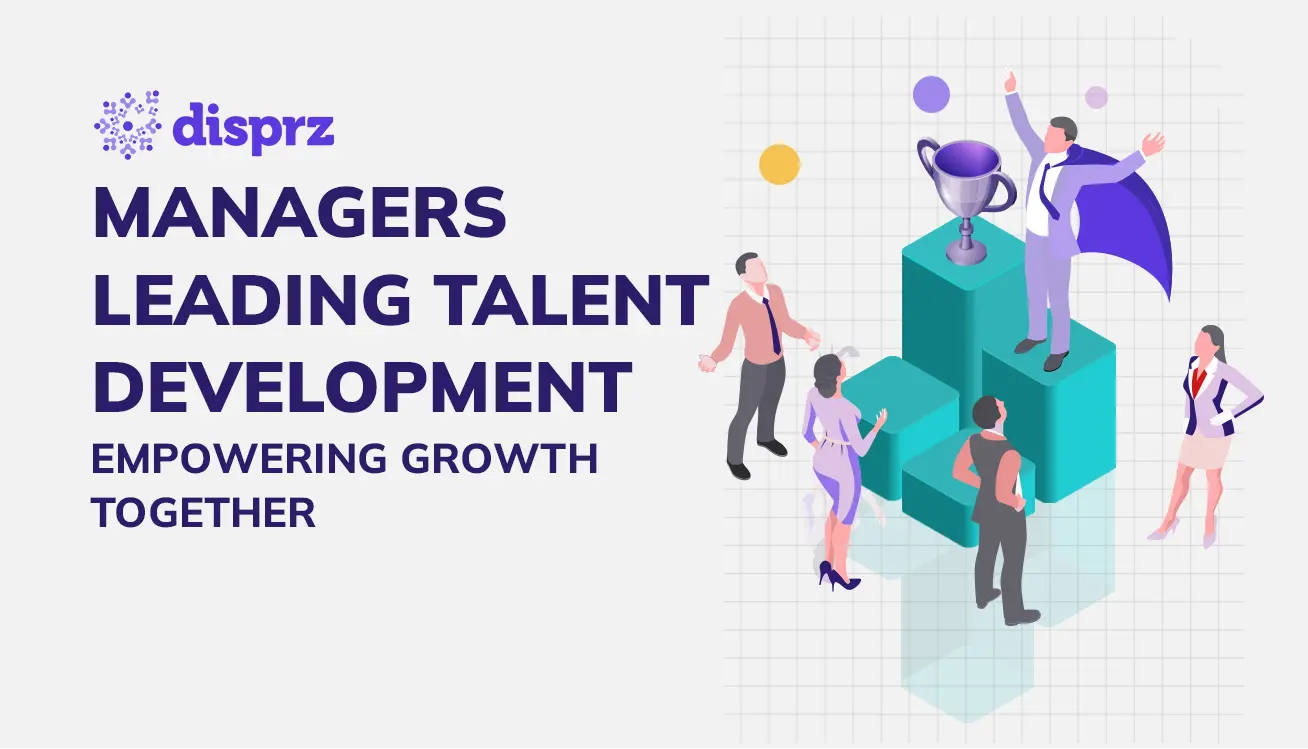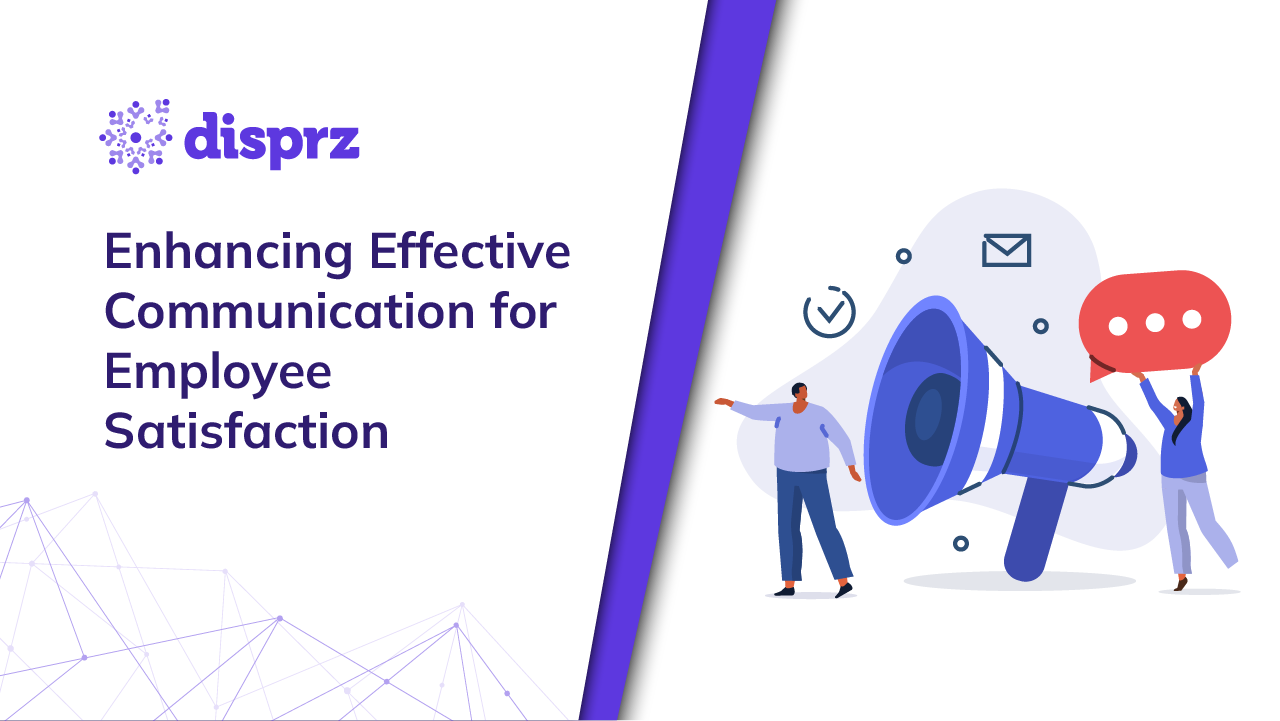
6 min read
• 18 Oct 2023
Why Companies Should Nurture a Learning Culture to Improve their Top and Bottom Line!
Today’s business is more about people than machinery. Companies should train people well with an end-to-end learning culture to up their top & bottom line!
-
eBookEmployee Upskilling - A Detailed Blueprint For Building A Skills-Driven Learning Culture
Businesses are driven by a multitude of factors – they have a mission. Some businesses want to provide good apparel to their customers, some want to provide a great dining experience, some want to make luxury goods available to everyone and some want to empower people using technology. You can think of any successful company in the world and they will be driven by a desire to achieve a certain goal or solve a certain problem.
However, regardless of its mission, each company has to be able to do one fundamental thing to be successful – make money. Venture capitalists may pour in only for a while, but companies need to make money over a long run. To measure the money a company is making, analysts use two numbers – top line and bottom line. Top line refers to the total revenue that the organization made over a certain duration; bottom line refers to the total profit the company has made.
To increase its bottom line, a company can do two things. They can either increase their revenue or they can decrease their expenses. In the short run, most companies try to decrease their expenses. They undertake various measures, such as using cheaper product packaging to downsizing people and everything in between. Quite often, the department that takes the biggest hit is the one that actually contributes to making more money – the Learning and Development (L&D) department of the organization. Three out of five learning managers said that cost-cutting measures hit their department first.
Companies reduce their L&D spend to save quick bucks and improve their bottom line and impress shareholders. But what they don’t realise is that while this saves money in the short-term, it often ends up costing much more in the long run.
How L&D Impacts Your Bottom Line
The nature of the L&D is such that it requires a longer period to showcase results than many other investments. A few hundred thousand dollars given away as sales incentive might shore up your results a lot quicker than the same amount spent on training.
But that is the nature of L&D departments. An investment in training would show you results over a period of many months if not years. And quite often, companies realise the value of such investment only when something goes wrong, something that could have been avoided by proper training.
Also, your company cannot be run merely on sales bonuses. You need to make the product you’re selling or provide the service you’re offering. And you need people to produce that product or deliver that service. And support the customer after the sales.
Yes, cutting the learning budget helps improve the bottom line. It reduces a potentially large expenditure immediately. But what this immediate L&D budget cut doesn’t account for is the cost that comes with not training your employees.
The Cost of Not Training
In a survey conducted by PwC on what they look for from their employers, a good training program features as one of the key requirements. Employers who ignore this for long end up losing good employees. Plus, hiring new talent costs too. The impact of these to your top- and bottom-line could potentially be huge.
Better Training Results in Better Sales
Better training = more sales. This must be quite straightforward, yet it’s amazing how many managers don’t understand this. Here are some data that help explain this point. Companies with an effective training program were able to achieve:
- an 8% increase in achieving sales quotas,
- 13% higher win rates,
- almost 35% higher customer satisfaction, and
- almost 10% lower employee turnover.
The data is indeed impressive and speaks for itself. But then, it’s a no-brainer that a fully supported L&D department actually improves your top line by enabling your sales staff to perform better and bring in more revenue.
And that is just going by the numbers. What finance managers often don’t realise when making these budget cuts is the fact that good L&D contributes so much more to your employees and customers by the value it enables you to create.
Training and Customer Support
Regardless of which industry your company is part of, you will agree that your customers today are spoilt for choice. They don’t have to be wedded to you. Times like these dictate the need for a much more customer-centric approach, something that only training can help achieve, arguably.
Let’s understand this better by looking at an industry – aviation. Although it has been growing, competition too is increasing and margins dwindling. Yet, Singapore Airlines is rated as the world’s best airlines for 24 consecutive years! Also, it has consistently posted profits too. And no, they did not achieve it by cutting their training spend, but by spending more than any other airlines in the world!
One of their secrets is, Singapore Airlines does not treat training as a luxury, rather a necessity. They have one of the longest running customer service training programmes by any airlines and this training excellence has won them many accolades and awards, not to mention the profits.
Other airlines too have followed suit. Air Asia has announced a Chief Customer Happiness Officer whose primary task is to enhance customer experience. And guess what? This involves a fair bit of frontline staff training too– something that has helped Singapore Airlines stay at the top for years.
Learning programs result in increased productivity
The objective of training is to enable employees to perform better. An effective training program will result in your employees knowing what to do and how to do it, and how their work fits into the big picture. This understanding and knowledge help in making fewer mistakes and save valuable resources, be it time or money.
A comprehensive survey, conducted by IBM, presents some valuable insights:
- 71% of CEOs cited human capital, ahead of products, customer relationships and brands as the leading source of sustained economic value.
- When preparing for a project, teams receiving 40 hours of training per member met their significant project objectives three times as often as teams that received 30 hours of training or less.
- Organizations with effective learning programs see a 10% increase in productivity and $70,000 in annual savings compared to those that lack such training interventions.
- 75-80% of managers attributed training as a crucial contributor to project success.
And this list goes on!
Fostering a Learning Culture
Having established these things, it’s also important to look at things non-objectively. Often, we tend to get lost numbers and forget that we’re talking about people with flesh and blood, and emotions. Our customers and employees are people with emotions, so they need to be kept happy and upbeat. Training is one of the things that makes people happy.
When fostering a learning culture, keep this in mind the following:
- Don’t think of training as an option, but rather as a necessity. This is the approach that helped Singapore Airlines do so well.
- Ensure you have a very robust training plan for all employee levels across the organizational hierarchy.
- For most organisations, the 70-20-10 learning model is a good fit. This model believes that an employee gets 70% of their learning on the job, 20% through informal interactions, and 10% from formal training.
To implement this effectively, make sure that the 10% formal training that an employee does go through is memorable. Focus on quality over quantity of training.
Subsequently, provide employees with multiple learning opportunities on-the-job since this is where they would end up learning the most. The best way to foster this is to give them enough just-in-time learning material that they can use whenever they get stuck at a certain place and can find a way out of it. - Align your L&D strategies with your business vision. If the focus of your business is on improving your tech capabilities, then focusing L&D on frontline employee training would not provide the desired results.
- Reward continual learning by giving them incentives to learn more. Many companies consider what the employee has learnt over the past year as a crucial indicator of their career growth and whether or not they are ready to be promoted.
To Conclude..
At the end of the day, learning and development is about making your employees capable of performing their jobs with ease and competence and enabling them to go beyond their job description. We live in an era of automation and digital disruption, where it is hard for most people to keep up with new trends. In these dynamic and challenging times, the onus is on learning professionals to ensure the company is ready for the future.
Employees are required to continually unlearn what they already know and learn new things. In such situations, a company’s ability to enable their employees to learn and unlearn becomes crucial to profitability. Today’s businesses are more about people than about machinery, so companies where people are trained and equipped to deliver are the ones that see their top and bottom lines soar northwards!
About the author
-1.png)
Subbu Viswanathan
Subbu is the Co-founder and CEO of Disprz, a skills and career acceleration platform for enterprises. A serial entrepreneur, Subbu loves translating ideas to products and products to companies. He is an alum of McKinsey, Indian School of Business and Indian Institute of Technology - Madras. With Disprz, his third successful startup, he's revolutionizing workforce development with data, AI, and skill-based learning, making a positive impact on millions.
More Resources
4 min read
• 15 Apr 2024
Unlocking the Power of Managerial Engagement in Talent Development
4 min read
• 09 Apr 2024
Nurturing Excellence in Building Leadership Pipelines
4 min read
• 09 Apr 2024
Improving “Employee Experience” For Organizational Growth
Sign up to get free resources and stay up to date with Disprz!
Discover how Disprz can align learning and upskilling with your desired business outcomes.





